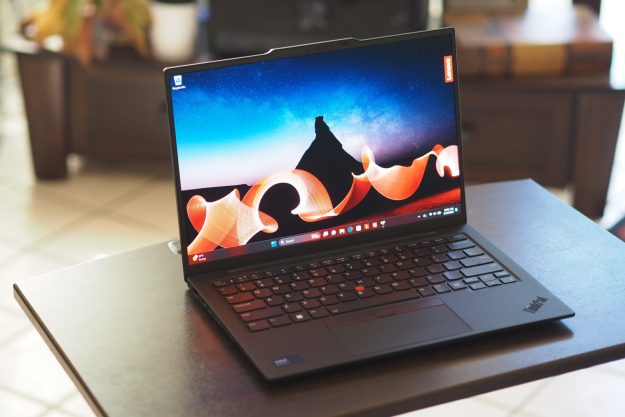The latest version of Google Chrome will arrive on September 4 and it comes with the interface overhaul called Material Design. A specific portion of the company’s notes for the enterprise makes this clear, stating that Chrome will sport “a new design across all operating systems.” The same paragraph also mentions autofill updates and integration into the notification center on Windows 10.
If you’re not familiar with Material Design, it’s a new approach to Chrome’s interface from a visual standpoint. If you’re on a Windows 10 PC, you can actually unlock a portion of the redesign in Chrome 68 by changing the “UI Layout for the browser’s top chrome” flag to “Refresh.” On MacOS, you will also need to enable “Use Views browser windows instead of Cocoa” to see Material Design in action.
In a nutshell, Google tries to emulate printed paper with this new design. Launched in 2014, Material Design emerged in Google Now to emulate cards, rendering crisp edges and shadows to give these virtual cards depth. Material Design then appeared in Android 5.0 and is slowly infiltrating all apps and services provided by Google, including its Chrome web browser.
“Material Design is guided by print design methods — typography, grids, space, scale, color, and imagery — to create hierarchy, meaning, and focus that immerse viewers in the experience,” Google says. “Material Design is inspired by the physical world and its textures, including how they reflect light and cast shadows. Material surfaces reimagine the mediums of paper and ink.”
One of the apparent Material Design-based changes in Chrome is the address bar sporting cleaner, rounded edges. The tabs get a visual overhaul as well showing straight edges and slightly rounded corners, just like those you may see on real-world folders. All drop-down and right-click menus are clean, widely spaced and card-like, imitating printed media.
Outside the addition of Material Design, Chrome 69 will require you to grant permission for websites to use Flash every time you restart the browser. Adobe confirmed in 2017 that it would no longer update and/or distribute Flash starting 2020. Adobe’s long-time media platform will be replaced by the technologies served up in HTML5, WebGL and WebAssembly.
On the enterprise front, Chrome 69 will include a password alert policy. According to Google, if someone tries to sign into a website that’s not whitelisted or is flagged as suspicious by the company, a popup will warn the individual to reset his/her password. This move attempts to crack down on those who like reusing passwords across multiple sites, leading to compromised accounts and company network breaches.
“Third parties can sometimes inject code that disrupts the stability of Chrome Browser,” the notes add. “In Chrome 66, we introduced on-screen warnings that alerted users when a third-party injects code. In Chrome 69, third-party code is now blocked by default. If you still use software that injects code into browser processes, you can temporarily enable access using the new ThirdPartyBlockingEnabled policy.”
Google Chrome 69 arrives on September 4.
Editors' Recommendations
- Google Chrome is getting a complete overhaul for its birthday
- Microsoft Edge vs. Google Chrome: Performance, design, security, and more
- How to enable Flash in Google Chrome


